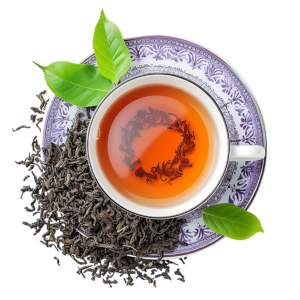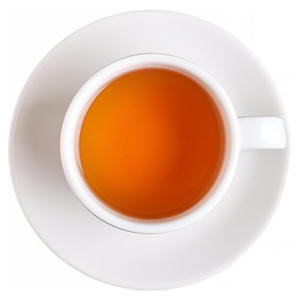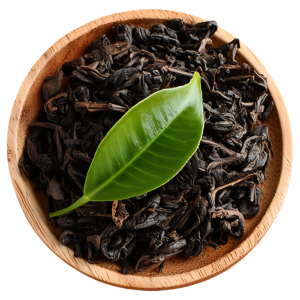LEAF TO CUP PROCESS
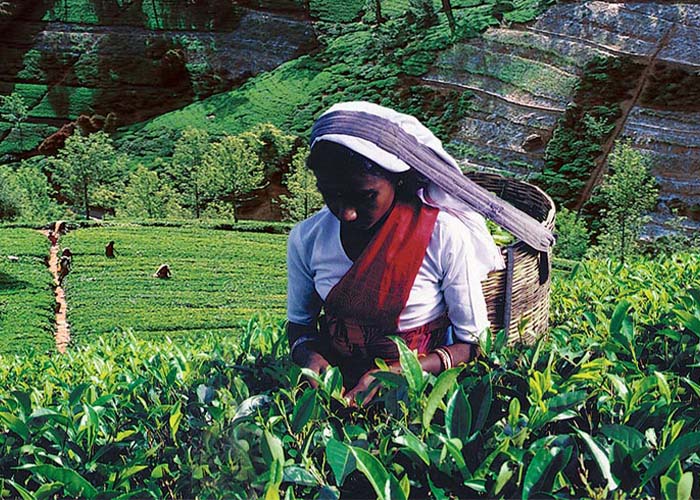
Plucking
Hand-plucking is more than just a method; it’s a cultural practice in the history of Ceylon Tea.
Experts in tea plucking, often women who have years of experience behind them, have
mastered the skill of selecting only the most tender buds and leaves. They do not damage the
leaf, minimizing the length of the stalk attached to the leaf, when gently but swiftly plucking.
Their knowledge of the tea bushes and their attention to detail in tea plucking, is invaluable.
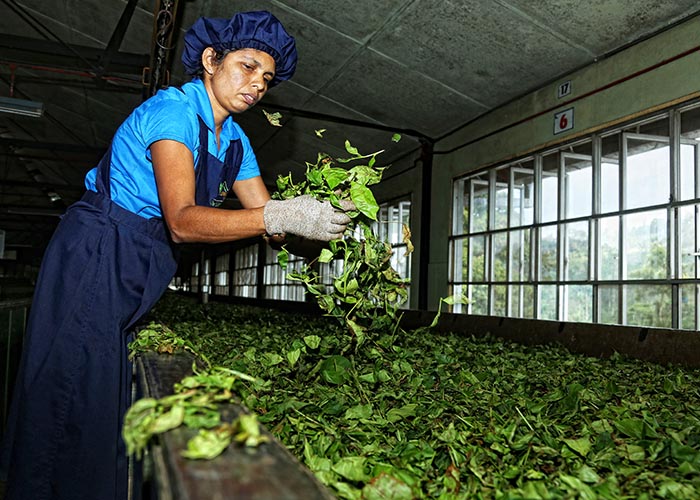
Withering
At the factory, the freshly plucked leaves are carefully spread out on withering troughs, typically located on the upper floors. Air is then gently forced through the bed of leaves for around eight hours, initiating the drying process. This crucial step reduces moisture content, preparing the leaves for the next stages of production while preserving their delicate flavors and aromas.
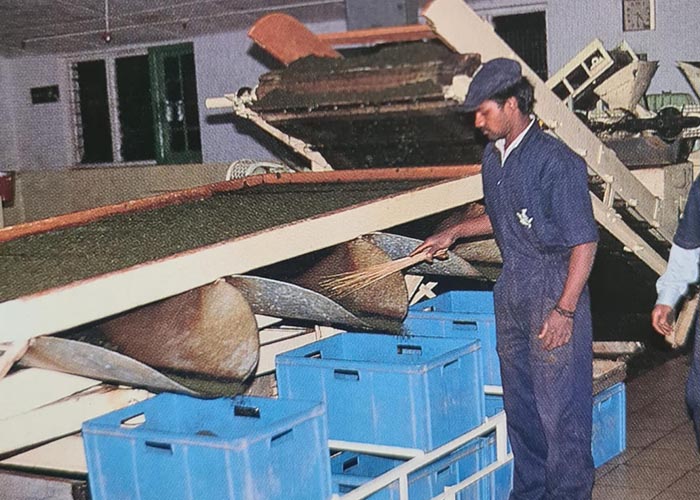
Rolling
Once the leaves are adequately withered, they are fed into rolling machines, where they
undergo a twisting motion that releases enzymes responsible for the tea’s characteristic flavor.
The nature and degree of rolling is controlled by the tea-maker, who aims to
achieve the exact
characteristics desired in the finished product. This rolling process also determines the twisted
shape of the tea particles, ensuring an even infusion when brewed.

Oxidization
After rolling, the leaves are spread out on tables and left to absorb oxygen for approximately
three hours. During this time, they turn a coppery brown color. This oxidation process is crucial
as polyphenols in the leaves oxidize into theaflavins and thearubigins, which give black tea its
distinct color and taste. The timing of this process is crucial, as deciding when to stop oxidation
can significantly influence the flavor and quality ofthe tea.
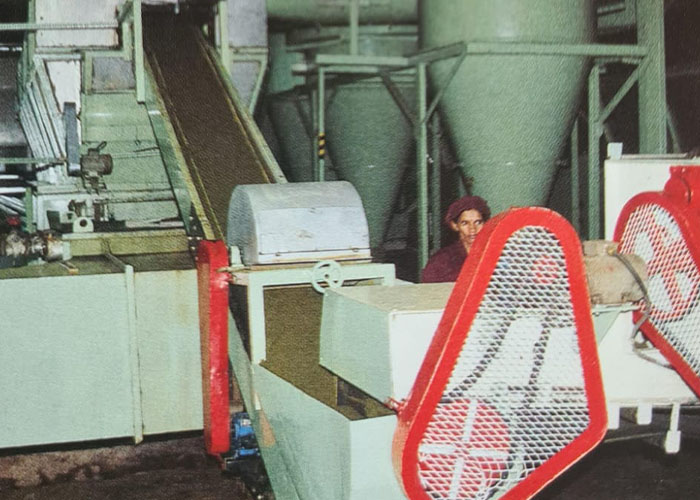
Firing
The tea leaves are next passed slowly through a hot-air chamber, where they are fired until they
reach the familiar black colour we associate with black tea. This firing process is essential, as it
not only enhances the flavor but also reduces the volume of the leaves to about one-fourth of
their original size.
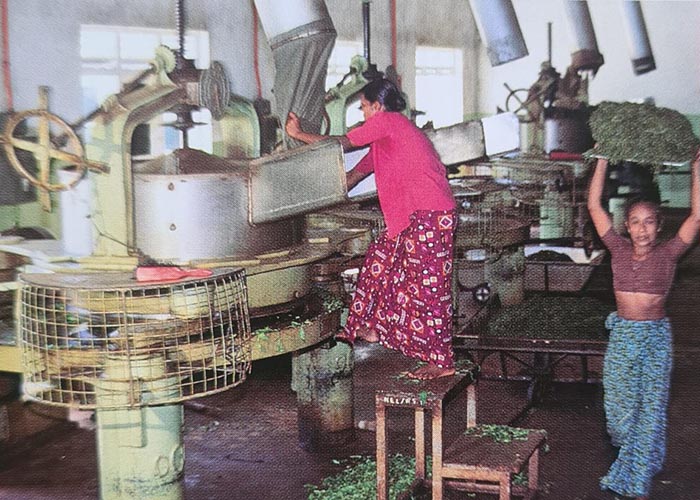
Grading and Sorting
The final stage of manufacturing is sifting and sorting. In this process, the tea is separated into
grades based on particle size, ensuring consistent quality. Most of the stalk and fiber are
removed, giving the tea its cleanest and purest fragrance, flavor, and appearance. Interestingly,
the stalk and fiber don’t go to waste; they are repurposed to create instant teas, tea extracts,
and even fragrances, showcasing the resourcefulness of the tea industry.
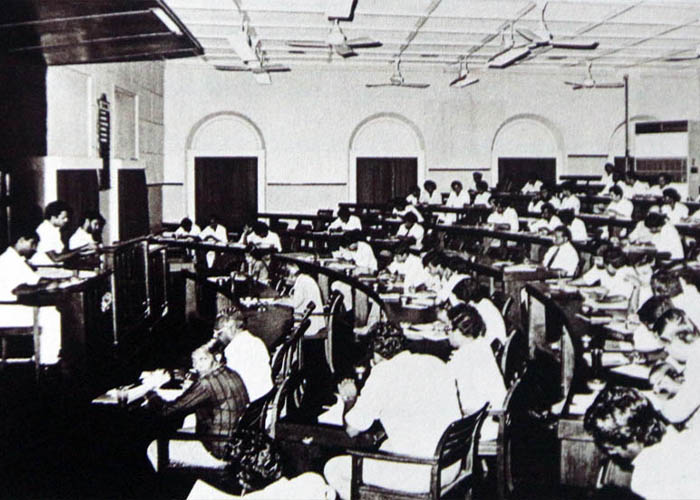
Tea Auction
The tea auction is a transparent and disciplined method for maintaining fair market practices.
With regulations in place, producers are encouraged to sell their tea primarily through these
auctions, which helps stabilize prices and ensure quality control. The orderly nature of the
auctions and its structured approach protects the interests of not only the producers but also
builds trust among buyers, reinforcing the auction's pivotal role in the tea industry.
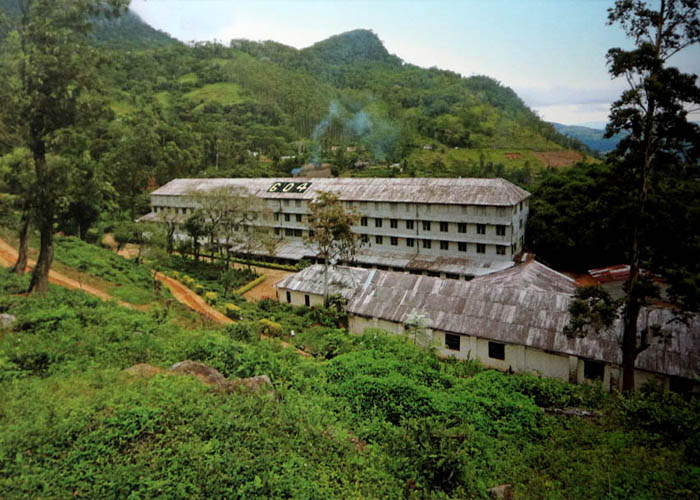
Tea Blending
While maintaining the unique qualities of its components, tea blending involves combining
different teas to create a final product that has a consistent flavor profile. This process is
particularly prominent in black tea production, where blending can help achieve a balanced
taste that meets consumer expectations. Blenders carefully consider factors like aroma, color,
and flavor intensity, ensuring that each batch tastes the same, regardless of seasonal
variations. The art of tea blending enhances the complexity of the tea and permits producers to
maintain brand identity.
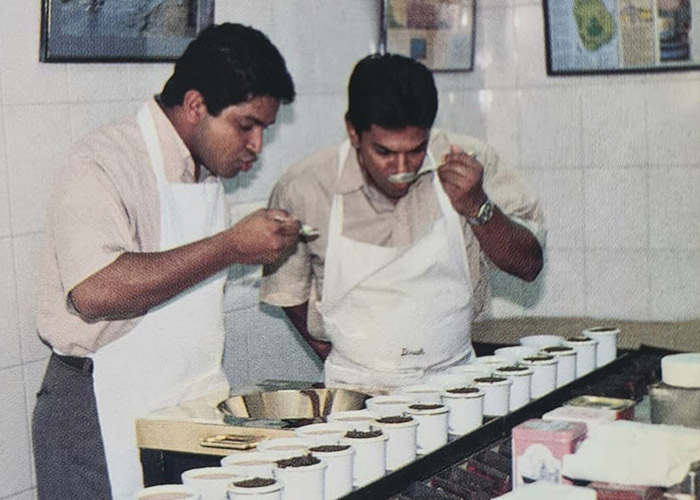
Tea Flavouring
A technique is used to enhance and add depth to the flavour of Tea by incorporating external
agents to the process. This method, often referred to as flavoring or scenting, involves adding
aromatic ingredients, such as flowers, herbs, or spices, with the tea leaves. In this process, the
flowers (like jasmine or rose) are mixed with the tea, allowing the leaves to absorb their natural
aromas. After a set period, the aromatic ingredients are typically removed, leaving behind the
infused tea with a unique and fragrant profile.
